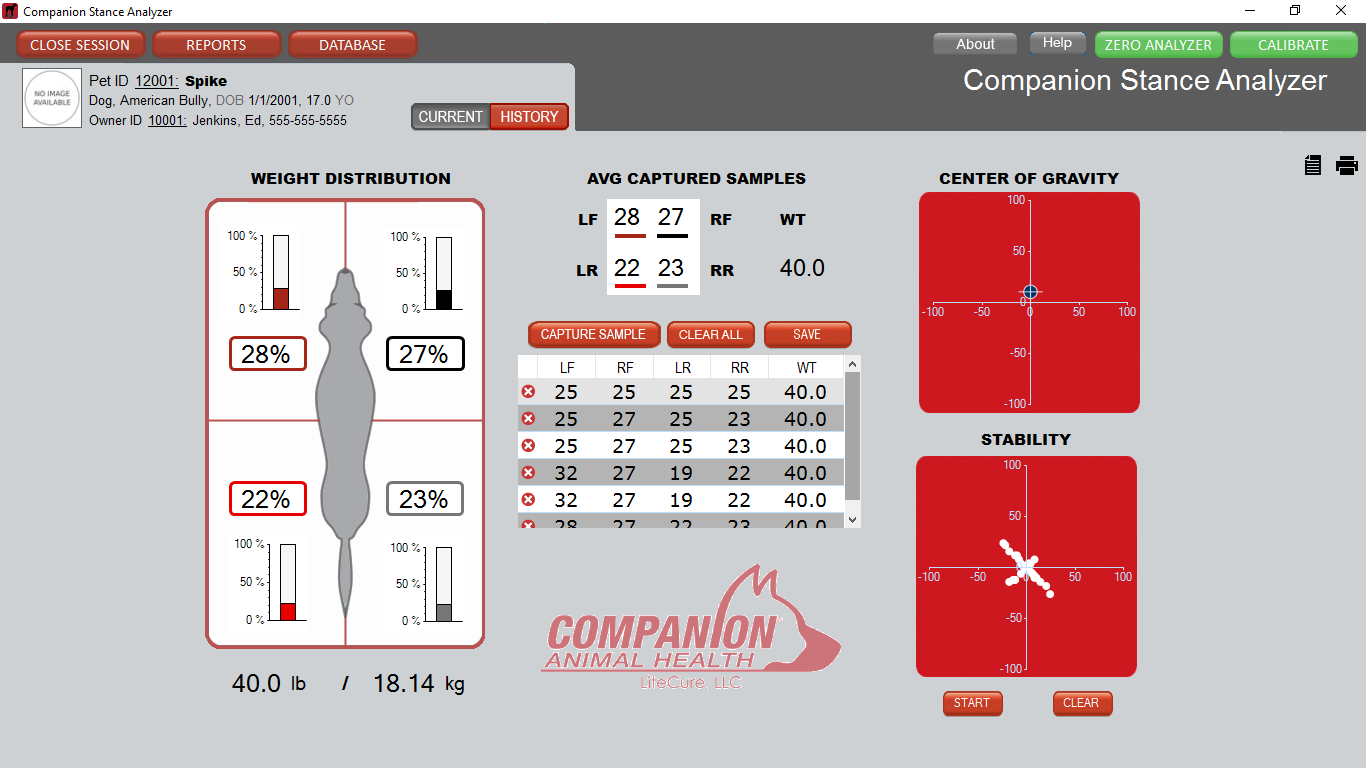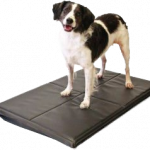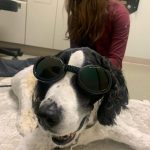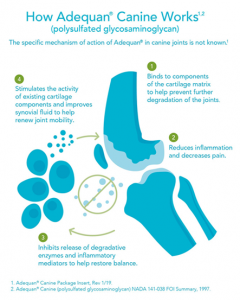
A Multimodal Approach to Arthritis
Arthritis and joint pain are inevitable problems as both humans and animals age. In veterinary medicine, management of arthritis has often revolved solely around a combination of medications to reduce pain and inflammation. While these medications can help, we could be doing so much more to help our four-legged friends! Read on to see how a multimodal approach to arthritis can help keep your pet on the move and pain free.
Stance Analysis
Does your pet have a limp that comes and goes? Or do they seem painful but you can’t figure out where? Pets hate to show us that they’re hurting, and often the early signs of arthritis go unnoticed. Making stance analysis a part of your pet’s annual exam can help diagnose and begin treatment of painful joints sooner. The analyzer uses force plates to determine how much weight your pet is bearing on each limb. Not only can this tell us if one limb is hurting, it can also tell us which limb your pet is now putting extra pressure on to compensate. If the pain in the first limb isn’t addressed, pain will inevitably develop in the second limb from the chronic stress of bearing that extra weight.
 Laser Therapy
Laser Therapy
Laser therapy is an excellent, safe way to reduce pain and inflammation in your pet’s joints. A Class IV therapy laser produces a therapeutic wavelength of light that travels to deeper tissues within your pet’s body. These photons of light stimulate cells to produce energy for healing and increase blood flow to injured areas. An induction phase of 6-12 treatments is used to decrease as much inflammation and pain as possible, after which less frequent treatments can be used to maintain the progress that has been made. Treatments generally take less than 10 minutes per site and feel great for your pet! Not to mention you’ll get some cute pictures of them wearing the “doggles” for eye protection. Want to learn more about how it works? Watch this video from Companion Animal Health!
Adequan Injections
Adequan or Polysulfated Glycosaminoglycan is an injectable product that:
- Binds to components of the cartilage matrix to help prevent further degradation of the joints.
- Reduces inflammation and decreases pain.
- Inhibits release of degradative enzymes and inflammatory mediators to help restore balance.
- Stimulates the activity of existing cartilage components and improves synovial fluid to help renew joint mobility.
Adequan injections are given twice weekly for up to 4 weeks, and then given as needed to maintain joint function. Learn more here!
Passive Range of Motion and Strengthening Exercises
Arthritis affects mobility in many ways, namely by decreasing range of motion and causing muscle atrophy in the affected limbs. Passive range of motion (PROM) exercises help your pet stretch and maintain flexibility in their joints. Strengthening and balance exercises help your pet maintain muscle mass and core strength for better mobility. Watch this great video from Washington State University on how to perform PROM exercises with your pet! Watch here!
By combining multiple treatment modalities, maintaining a healthy weight, and encouraging regular, low-impact exercise, we can help keep your pet healthy, happy, and on the move for years to come! Want to discuss how a multimodal approach to arthritis can help your pet? Give us a call at (804)360-0111 today to set up a consultation.